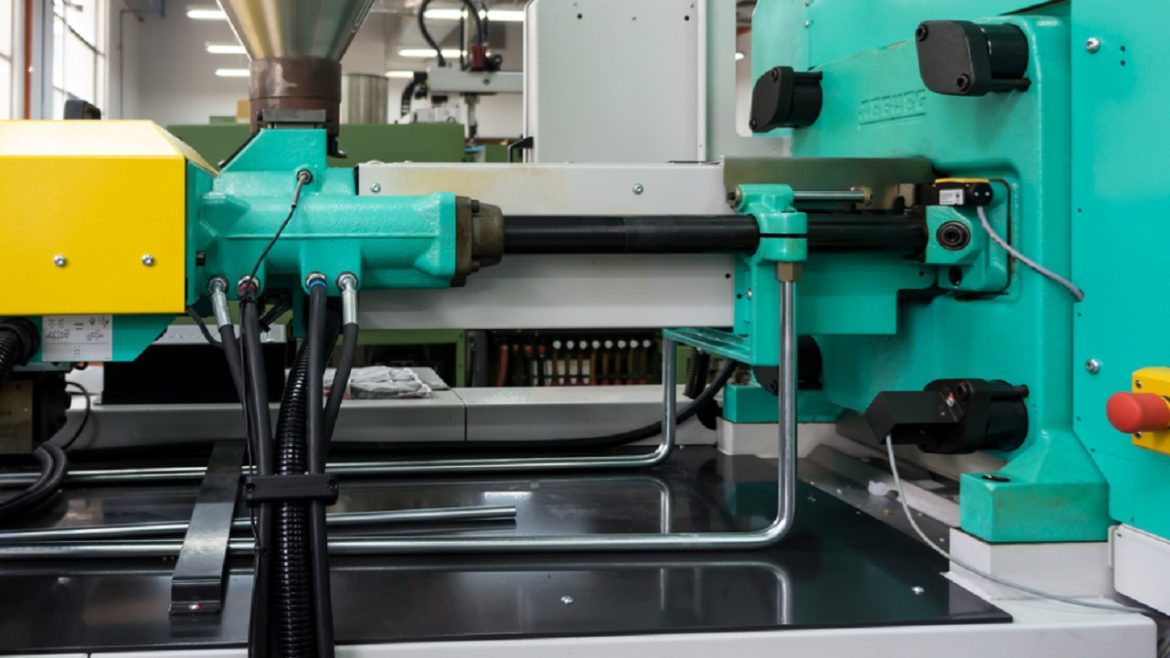The sports business is expanding rapidly around the world. Schools, communities and families are investing in basketball, tennis and other game courts. However, price has always been a concern. This is the reason why the cheap price sport court builder is now sought after all over the world. They offer quality solutions at low costs. There are companies such as ZSFloor Tech that demonstrate that low cost and high performance are not incompatible.
Growing Interest in Low-Cost Sports Courts
Sport no longer has to be in stadiums. Others demand that courts be in their backyards, schools and parks in their neighborhoods. Affordability has now become a crucial element with this increase in demand. This is satisfied by cheap price court builders. They open sports to poor communities. This has made builders who are able to provide both quality and affordability more popular.
Economy without Sacrifice
Cost savings are one of the largest reasons why the cheap price court builders are required. Direct sales make the cost lower. The cost saving on traditional construction can be twenty-five percent. ZSFloor Tech provides sports flooring within the range of one to two and a half dollars per square foot. This allows schools, clubs and families to construct courts at a small fraction of the cost. The savings are not an indication of low quality. Rather, these constructors apply modern technology, which creates solid and sturdy flooring.
Meeting Global Standards
It cannot be afforded alone. There are also standards of performance required of court builders. Numerous low-cost price producers are currently offering tiles and surfaces that are FIBA-approved. This implies that players will be able to train and play on surfaces that are acceptable to international federations. The low price and certified performance are appreciated by customers. It builds trust that the courts are secure and professional.
Expanding Access to Sports
The community is being changed by cheap price court builders. They bring sports to places where there is a tight budget. Durable basketball or tennis courts can now be installed in schools in the developing regions. Households will be able to afford to establish small courts in their backyards. Recreational spaces can be developed by the local governments without spending a lot of money. Consequently, there is an increased availability of sports facilities to children and young athletes.
Durability at a Low Cost
Low cost does not indicate low life span. A lot of builders provide a 10 to 15-year warranty. The tiles are made to endure the tough weather and hard usage. This is the durability, which contributes to the long-term value to customers. It guarantees the working and safety of even the cheapest court even after many years. One such company is ZSFloor Tech, which allocates resources to research and development to improve the life cycle and strength of its products.
Personalization and Designing
Flexibility has also been identified as another factor that makes cheap price builders sought after. Plain surfaces are not the only ones that are limited to customers. Builders are offering customization like the colors of the courts, logo painting, and line markings. Schools are able to add their team logos. Courts can be designed in a way that is unique to clubs. Even backyard courts may appear professional with some custom touches. These design features would be more affordable to all people.
Indoor and Outdoor Solutions
There are also court builders who cater to various requirements, as they are cheap in price. They provide indoor and outdoor flooring. This flexibility is critical to schools, exercise centers and public spaces. Professional training areas are formed by indoor tiles. Outside surfaces are constructed in a manner that manages changing weather. What makes these builders all the more valuable is the ability to have both options at such a cheap price.
Sports Development in the World
The participation in sports is increasing all over the world. This is being driven by cheap court builders. Their role is to increase the culture of sports by reducing the cost barrier. Youth sportsmen have greater access to the field and training. Professional bodies also have the advantage of lowering the expenses incurred in constructing new buildings. To put it simply, the global sports are being influenced by the cheap price builders of tomorrow.
Conclusion
Courthouse builders of low cost are still in demand all over the world. They deliver safe, affordable and remarkably durable courts to schools, families and communities. They are also internationalized and can be customized creatively. With their affordable solutions, more individuals can have access to sports. ZSFloor Tech is a clear demonstration of how prices can be low and high performance can be maintained. The efforts of affordable court builders will continue to increase as more regions are interested in gaining access to sports facilities.









